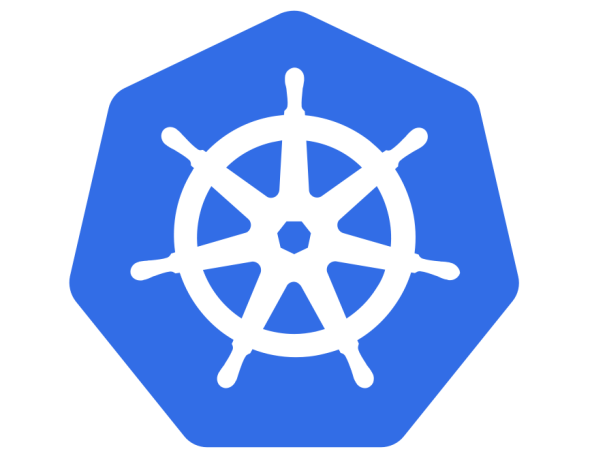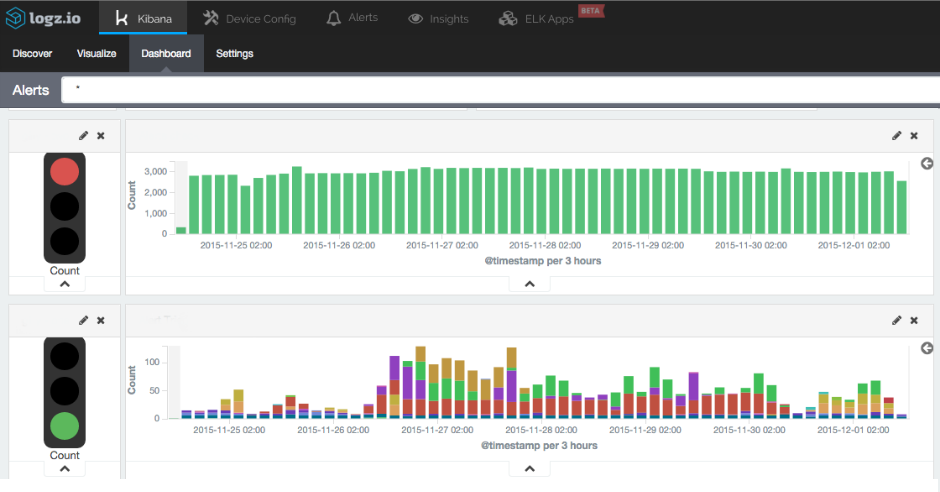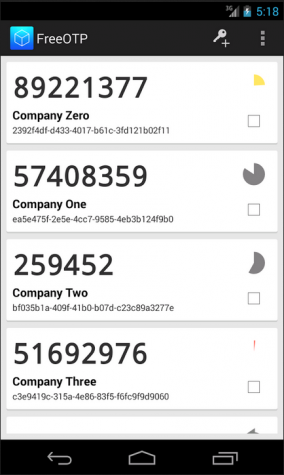Editor: This article was originally published by Omer Dawelbeit under the title “Learn the Kubernetes Key Concepts in 10 Minutes”.
In this post I will provide a brief explanation of the key concepts of Kubernetes. I will avoid using lengthy definitions, these are already available in the Kubernetes documentations.
Rather, I will be using a few diagrams (some animated) and examples to explain these concepts. I found a few of the concepts difficult to fully grasp without a diagram (Service for example). Where appropriate, I will also provide links to the Kubernetes documentations if you want to deep dive.
Let’s start the clock.
What is Kubernetes?
Kubernetes (k8s) is an open source platform for automating container operations such as deployment, scheduling and scalability across a cluster of nodes. If you have ever used Docker container technology to deploy your containers, then think of Docker as a low level component used internally by Kubernetes to deploy containers. Not just Docker, but Kubernetes also supports Rocket, another container technology.
Kubernetes orchestrates your containers so together they are performing a Symphony. This could be anything from, but not limited to, the following: Continue reading…








